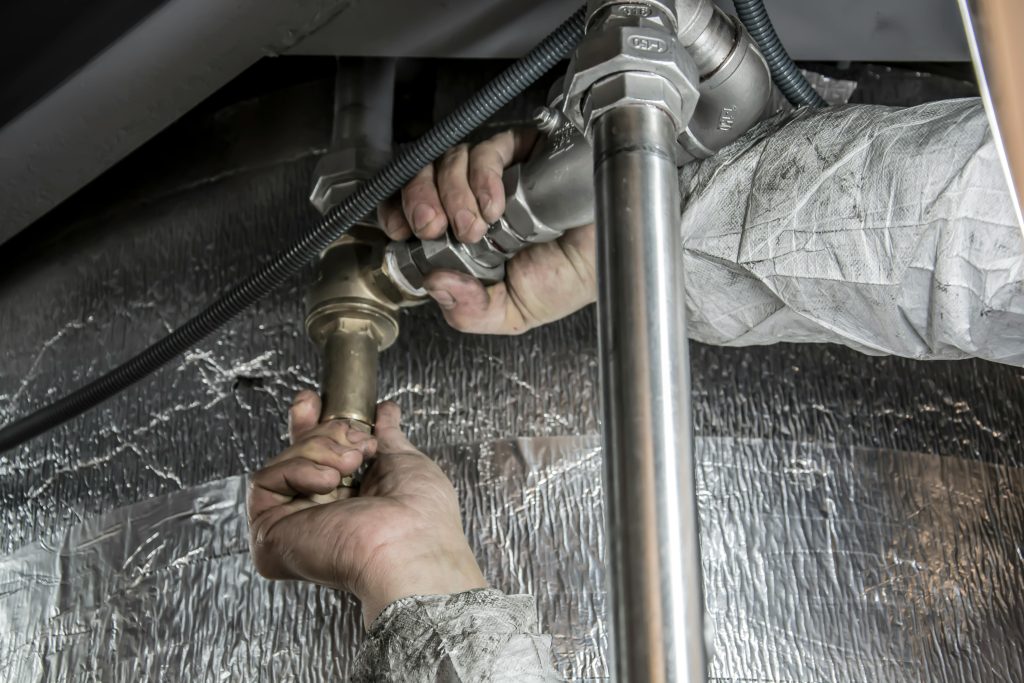Picture this: A student who couldn’t write a decent paragraph last week just handed in an essay that would make Shakespeare weep with joy. The sentences flow like poetry, the arguments are bulletproof, and there isn’t a single typo in sight.
Sound familiar? AI writing tools have exploded onto the scene, and suddenly, every kid with internet access can produce college-level work in under five minutes.
But here’s the million-dollar question that’s keeping educators up at night: Can schools catch students red-handed when they use AI for homework? The answer might shock you.
I’ll break down the absolute truth about AI detection, show you which methods work, and reveal why this battle between students and schools is far from over.
Why Catching AI Work Is So Difficult

AI detector tools, such as aidetector, have emerged to help educators flag suspicious submissions, but even the best tools face significant challenges in this evolving landscape.
The reality is that detecting AI-generated homework has become much more complex than many educators initially expected. Today’s AI writing tools have evolved far beyond their early, obvious robotic outputs.
Modern AI systems produce text that flows naturally and matches human writing patterns. Students learn from vast amounts of human writing samples, which enables them to replicate the natural variations and word choices that real students use.
Many students have become savvy about modifying AI content before submission. They’re not just copying and pasting anymore. Instead, they:
- Change keywords and phrases throughout the text.
- Add personal examples from their own experiences.
- Rearrange paragraphs to create a different flow.
- Insert intentional minor errors to appear more human.
- Blend AI content with their writing.
This creates a hybrid approach that’s much harder for detection tools to identify.
Naturally, this has led to a wave of new tools promising to detect AI-written work. But how reliable are they in this evolving landscape?
Teachers once relied on spotting “too perfect” writing as a red flag. But this method has become unreliable. Modern AI can intentionally incorporate natural imperfections, such as contractions, varied sentence lengths, and even minor grammatical quirks, that mimic authentic human writing.
Plus, many genuine students now use grammar-checking tools like Grammarly. When legitimate student work gets polished by these programs, it can look just as “perfect” as AI-generated content.
The biggest challenge isn’t just technical detection. It’s determining where helpful AI assistance ends and academic dishonesty begins.
Students might use AI for brainstorming ideas, creating outlines, or editing drafts. Drawing clear lines in these gray areas has become increasingly difficult for educators.
What AI Detection Tools Can and Can’t Do
Detection tools aren’t the foolproof solution many teachers hope for. They analyze writing patterns and provide likelihood scores, rather than definitive answers. When a tool says “75% likely to be AI,” that’s still a guess, not proof.
These programs look for telltale signs of AI, such as repetitive sentence structures, overused phrases, and unnaturally perfect flow. But they struggle with edited content and mixed human-AI writing.
|
CAN Do |
CAN’T Do |
|---|---|
|
Spot repetitive sentence structures and polished, robotic flow |
Guarantee 100% accuracy or provide definitive proof |
|
Flag overly consistent tone and lack of natural variation |
Detect well-edited or personalized AI content |
|
Catch generic phrasing and missing personal voice |
Reliably identify writing that mixes AI and human input |
|
Identify unusual vocabulary patterns and suspiciously perfect grammar |
Distinguish between AI help and real student improvement |
|
Provide probability-based insights to support teacher instincts |
Perform reliably on short or informal assignments |
The truth is, these tools work best as warning systems, not final judges. They’re helpful when a teacher already suspects something is off, but they shouldn’t be the only factor in making accusations.
The biggest limitation? False positives and negatives happen regularly. Great student writers get flagged while clever AI users slip through undetected. This creates a frustrating situation where teachers can’t fully trust the technology, but they also can’t ignore it completely.
Given these limitations, teachers aren’t relying solely on detection tools. Instead, they’re turning to a mix of intuition, collaboration, and creative new strategies.
How Educators Are Adapting to the AI Shift
Teachers aren’t sitting back and waiting for this problem to solve itself. They’re getting creative with how they spot potential AI work.
Looking Beyond Perfect Polish
Innovative educators have learned to trust their gut. When a student who typically writes at a 7th-grade level suddenly produces work at a graduate level, red flags go up. Teachers now pay attention to sudden jumps in vocabulary, writing style, and complexity.
Many are also changing how they grade. Instead of just looking at the final product, they’re focusing on the process. Some ask students to show rough drafts or explain their research methods.
Using Detection Tools as Backup
When something feels off, some teachers visit aidetector and other sites for a second opinion. These tools aren’t perfect, but they can help confirm suspicions.
The keyword here is “help.” Most educators know these detectors shouldn’t be the final judge. They use them more like a flashlight in a dark room – helpful in getting a better look, but not the whole solution.
Quiet Conversations in Staff Rooms
Teachers are talking about this challenge more than you might think. In staff meetings and private conversations, they share strategies and warning signs. Some schools are developing unofficial guidelines for when and how to use detection tools.
The smart ones know this isn’t about catching students to punish them. It’s about finding better ways to teach and assess in an AI world.
However, even the most sophisticated detection strategies have their limitations. That’s why many educators are asking a more fundamental question: Should we change the way we assign and evaluate work altogether?
Is It Time to Rethink How We Assign Work?

Many educators are stepping back and asking a bigger question: Should we change how we teach, rather than just trying to catch cheaters? This shift in thinking is leading to some interesting changes in classrooms across the country.
The traditional “write a 5-page essay and turn it in” model doesn’t work well in an AI world. Students can generate those essays in minutes. But they can’t fake understanding during a live presentation or explain their thought process in real-time.
Innovative teachers are moving toward assignments that require human presence and interaction. The focus is shifting from the final product to the learning journey, making AI assistance less helpful because students still need to understand and engage with the material.
New Assignment Strategies Teachers Are Using
- Oral presentations and discussions – Students must explain concepts live.
- Step-by-step project documentation – Teachers see the work develop over time.
- Collaborative group projects – It’s Harder to rely on AI when working with peers.
- Process portfolios – Collect rough drafts, research notes, and thinking stages.
- In-class writing sessions – Complete assignments during supervised time.
- Peer review and feedback – Students critique each other’s work.
- Reflection journals – Personal thoughts and learning connections.
- Real-time Q&A sessions – Quick comprehension checks during class.
This evolution doesn’t eliminate the use of AI, but it ensures that students can’t simply copy and paste their way to success. They still need to think, understand, and engage with the material in ways that AI can’t replicate.
Conclusion
Here’s the bottom line: Classrooms of the future won’t be AI-free, but they can be AI-smart. The most forward-thinking schools aren’t chasing cheaters—they’re reimagining how students learn. This shift focuses less on flawless final products and more on process, curiosity, and fundamental understanding.
Students must engage with ideas, reflect on their thinking, and demonstrate learning beyond the written page. In this new landscape, AI becomes a tool, not a shortcut.
Educators aren’t just guiding students through content; they’re teaching them to think critically, adapt creatively, and use technology with intention. That’s what prepares students for an AI-powered world.
In the end, the challenge isn’t to outsmart AI—it’s to out-teach it.
What’s your experience with AI in education?





















